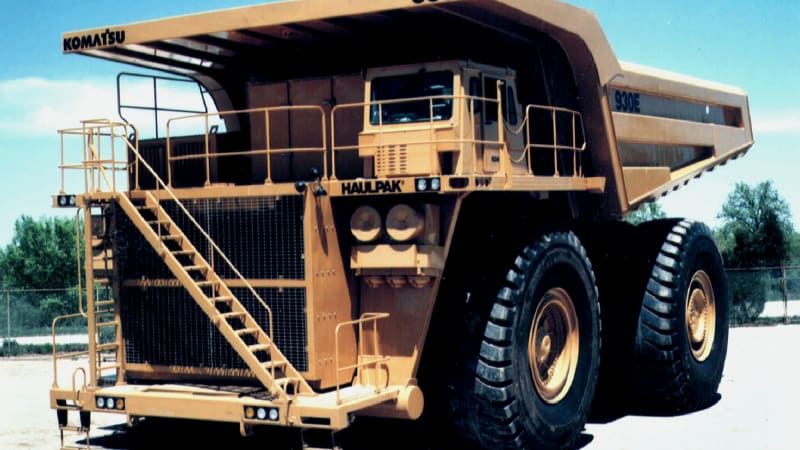GM, Komatsu to develop hydrogen fuel cells for gigantic electric mining truck

General Motors and Komatsu said on Tuesday they will jointly develop a hydrogen fuel cell power module for the Japanese construction machinery maker’s 930E electric drive mining truck.
“Mining trucks are among the largest, most capable vehicles used in any industry, and we believe hydrogen fuel cells are best suited to deliver zero emissions’ propulsion to these demanding applications,” Charlie Freese, executive director of Hydrotec, the No.1 U.S. automaker’s fuel cell unit, said in a statement.
The two companies said they aim to test a prototype of the hydrogen fuel cell-powered 930E mining truck, which has a nominal payload of 320 tons, in the middle of the decade.
GM and Komatsu said that as these mining vehicles usually operate at just one mine throughout their lifetime, that should make it easier to roll out hydrogen refueling infrastructure to service a vehicle fleet.
Interest in hydrogen fuel cells to power trucks and vans has grown as fleet operators seek a more practical alternative to electric vehicles. Hydrogen’s main challenge is infrastructure, which is too scant to support fleets today.
While most of the world’s combustion engine cars and short-distance vans and lorries should be replaced by battery electric vehicles (BEVs) over the next two decades, fuel-cell proponents and some long-haul fleet operators say batteries are too heavy, take too long to charge and could overload power grids.
The same applies for heavy vehicles like mining trucks, which would require enormous batteries to move any distance.
Last week, GM and Autocar Industries said they will jointly develop hydrogen-powered heavy vehicles – such as cement mixers, dump trucks and refuse trucks – the first of which should go into production in 2026 at Autocar’s plant in Birmingham, Alabama.



